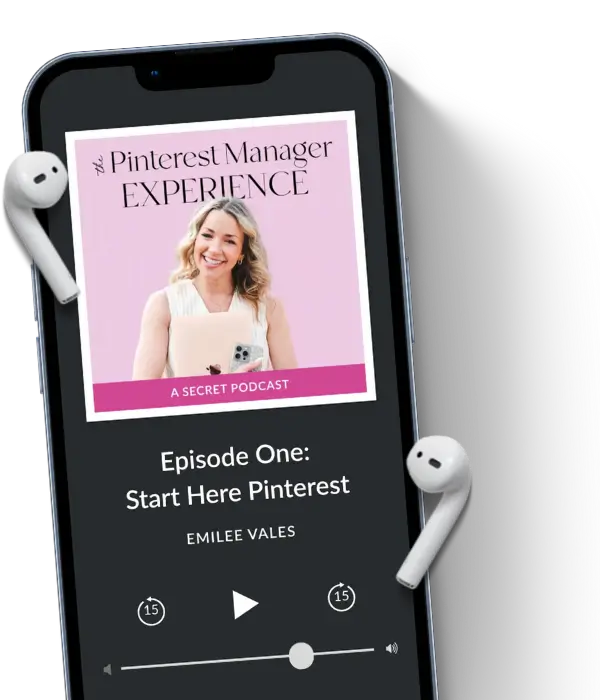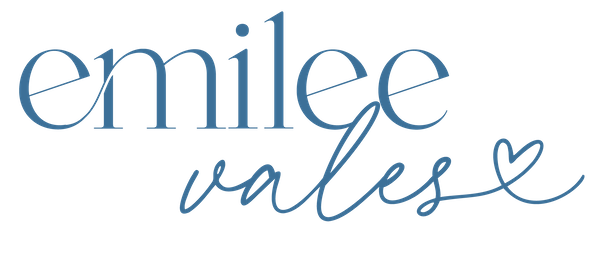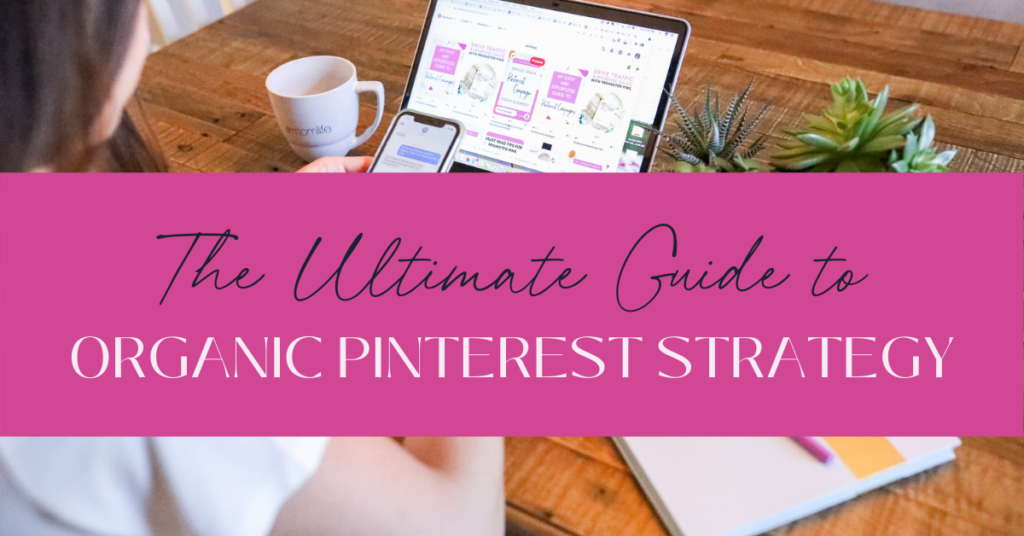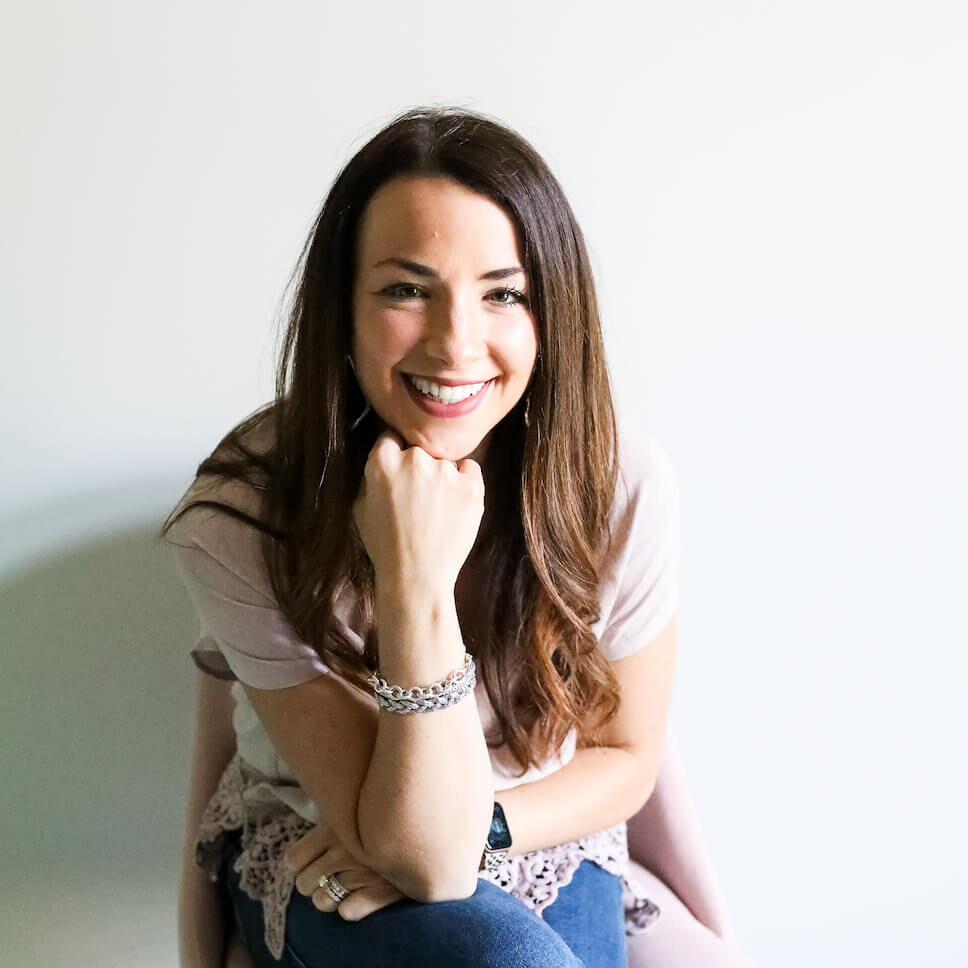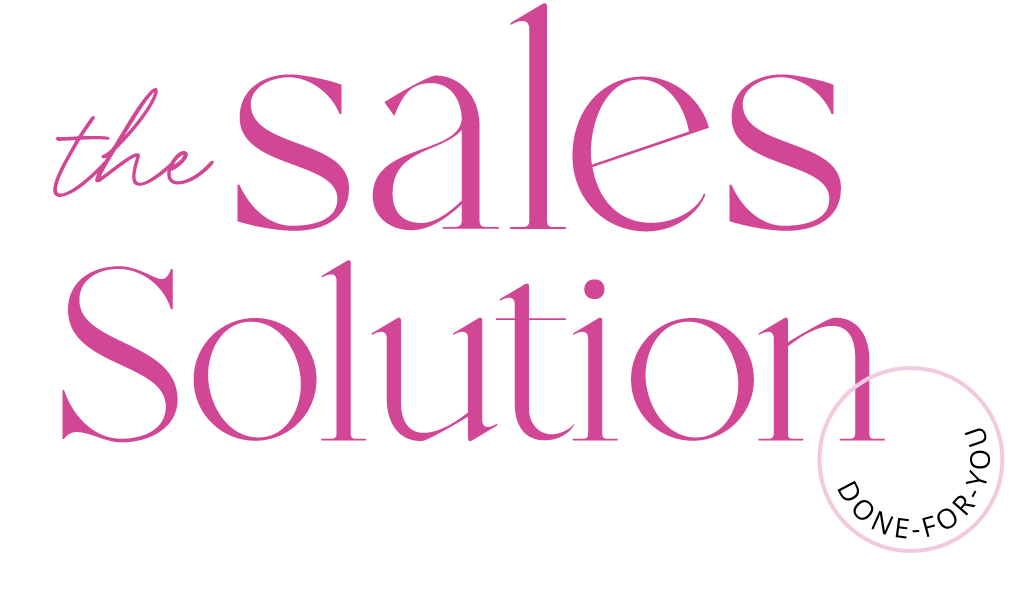Have you considered Pinterest marketing for your business? If you haven’t, now is the time! Setting up a strong organic Pinterest strategy is easier than you think! In this post, I’ll be laying out 7 easy-to-follow steps (plus a bonus step) on how to optimize your Pinterest account and create a strong organic Pinterest strategy to drive traffic to your business. PLUS, stay tuned for my FREE guide available at the end of this post!
DISCLAIMER – This post contains affiliate links and I may earn a small commission when you click on the links at no additional cost to you.
I’m just going to say it now if you aren’t using Pinterest marketing for your business, you’re leaving serious traffic (and money $$) on the table! Don’t be fooled, there is a lot more that goes into Pinterest marketing than just creating visually appealing pins, although that is important!
Before I go any further, for those of you who might be new to the idea of using Pinterest for your business, I want to mention that the strategies I’m discussing in this blog post pertain to your organic Pinterest strategy.
What is Organic Pinterest Strategy?
Let’s start by defining exactly what this is. Organic Pinterest strategy simply means that Pinterest users are finding you through keyword searches.
The alternative to organic Pinterest marketing is paid Pinterest marketing through the use of Promoted Pins. This means you’re paying to have your pins placed in front of your target audience on Pinterest.
Who Should Use Pinterest for Their Business?
So I might be a little biased, but ummm EVERYONE.
Okay but seriously, most businesses can benefit from an organic Pinterest strategy. There are very few businesses that might find it more challenging to see growth. In this case, I’m thinking of brick-and-mortar businesses (especially if they do not sell online) that are bound by a geographic location.
So before going any further, you need to ask yourself:
- Who is my ideal customer? What are their pain points, values, goals, etc.?
- Is this person on Pinterest?
Identifying these questions may take some time, but they will ultimately help you discover important keywords and hone in on your organic strategy.
Why Should You Use Pinterest as Part of Your Marketing Strategy?
I’m going to try and keep this concise, but in my opinion, there are literally a million reasons why you should be using Pinterest as part of your marketing strategy!
For now, let me share with you my top four reasons:
- It’s an amazing way to drive traffic to your website.
- The lifespan of your content on Pinterest is SO MUCH longer than on social media platforms. You could have 1 pin drive traffic to your website year after year.
- 89% of people on Pinterest are using it to inform their purchases.
- 97% of searches on Pinterest aren’t brand-related, so when you do the content creation + create a powerful Pinterest strategy, you will see results!
As I said, there are so many more reasons, but these are some of the most obvious ones that I wanted to mention.
How Do You Create a Strong Organic Pinterest Strategy?
Now, let’s get back to focusing on your organic Pinterest strategy, and what you need to do to crush your goals on Pinterest. I’m going to walk you through 7 steps (plus a bonus step) you need to follow to get your organic Pinterest strategy going!
Step 1: Identify Your Pinterest Objective
You absolutely have to start with the end.
Huh? Yup, you read that correctly! We need to backward plan, so before we can discuss how I want you to identify the why. You need to decide, “What is my ultimate goal for using Pinterest?”
Allow me to use myself as an example: My goal for my Pinterest marketing strategy is email list building. Simple as that!
My whole purpose for using Pinterest for my business is to use it to get people on my email list!
I wrote an entire post about the Pinterest sales funnel that looked at the journey Pinners experience from entering their keywords on Pinterest to hitting your content. Check out this post to learn more about the Pinners’ journey here.
Step 2: Set Up Your Account
After you define your Pinterest objective, you need to set up a Pinterest business account. If you have a current personal account that you already use, you can convert your account to a business account.
Tip: It’s totally free to have a business account!
Claim your domain and any other platforms you use for your business (Instagram, YouTube, Etsy), then go and start following some people within your niche! The last step is to add a profile photo that represents your business and format it into a square 165×165 pixel image. If you want to take it a step further, you can install your Pinterest tag!
Step 3: Do Your Keyword Research
Now you’ll need to optimize various parts of your Pinterest account such as your name, bio, boards, board titles, etc. Before you take off and just start naming things to name them, you need to know what keywords to use when optimizing your account!
To figure out those keywords, you need to do in-depth keyword research. I prefer to do this directly on the platform. And, just like the backward planning we did earlier to discover your Pinterest objective before I do my keyword research, I like to actually make a list of different keywords, phrases, etc. that could start as the base of my keyword research.
Once you get going with your keyword research, it will be very interesting to find what comes up. You might end up branching off in different directions that you hadn’t initially considered!
Step 4: Create at Least 10 Niche-Related Boards
Now that you’ve done your research, you can start creating those Pinterest boards. I think 10-15 boards is a great starting place. Just remember, it’s important that for each of your boards, you are:
- Optimizing the board titles using the keyword research you performed
- Optimizing the boards with keyword-rich descriptions
If you have pins in your account already that fit well into these highly relevant niche boards, go ahead and add them in! We will discuss adding new pins in the next step.
Step 5: Start Creating Pins
I could write an entire post about how to design and produce beautiful pins, but for now, I will just give you a few points to consider to get started. Keep in mind these design tips when creating pins:
- Create vertical 2:3 pins (I like to use 1000×1500 pixels)
- Brand your pins so they’re creative (use colors and fonts specifically from your brand)
- Use high-quality images and videos that are unique to your brand
- Diversify your pins using a mixture of static, video, and Idea Pins
- Use text overlay and take into consideration your keyword research
Step 6: Be Consistent!
Now that you’re creating pins that link back to your content, it’s time to get consistent by using a scheduler.
I recommend using Tailwind, and I actually require that my clients use the application as well. I have an affiliate link for Tailwind if you are interested in signing up here!
You can schedule natively on Pinterest, but there are a lot of functionalities that are missing that Tailwind offers. When you sign up for Tailwind, you can schedule your first 100 pins for free, but after that, you’ll have to upgrade.
Don’t stress, it’s very reasonable and it saves me SO MUCH time in scheduling for clients and myself!
Step 7: Analytics
The last step I want you to consider is the analytics of your newly optimized account. This is my favorite part of Pinterest (not even gonna lie, I love all the data) and one of the most effective ways you can optimize your account. Here are my go-to strategies:
- Use your Pinterest and Google Analytics to drive your strategy
- Look where the bottlenecks are and what’s performing well (or not performing well)
- Use your analytics to inform your new consistent content creation (don’t just throw pins up on your account for no reason!)
Bonus Step:
Pinterest thrives off of new content.
Not just new pin designs, but actual content such as new blog posts, YouTube videos, etc. You must be regularly creating new content and Pins – this is vital to any Pinterest strategy!
Wrap it Up
So there you have it! My rundown on organic Pinterest strategy. And as promised, here’s the ULTIMATE FREE Pinterest Strategy Guide – all of these steps (plus more!) included in an easy-to-digest format to save and use now or later. Grab my free guide here!
And, if you’re ready to take the deep dive, get on the waitlist for my signature course, Pinterest Marketing Magic!
